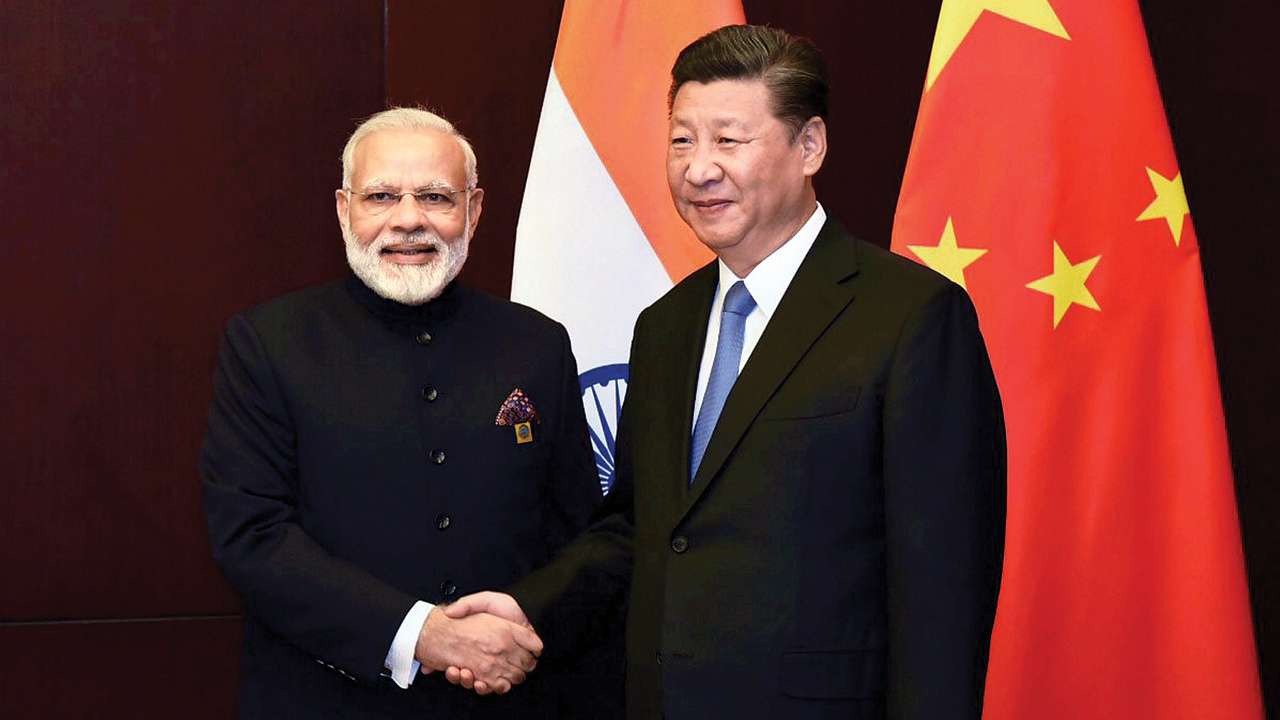
The ongoing tariff war initiated by the United States has started to show ripple effects in China and is poised to disturb global trade dynamics. Already major global currencies, including the Chinese yuan, have been weakening against the US dollar. However, President Trump does not have much reason to rejoice as the strengthening of the dollar against the yuan will assist exporters from China.
The rising trade deficit between US and China has been the major bone of contention for some time now. At the beginning of this century, US’s trade deficit with China was just $83.8 billion which widened to reach $375.5 billion by December 2017. During 2000-2017, US’ export to China registered an eight-fold growth compared to China’s five-fold growth. Trade statistics indicate that the Chinese economy became more “liberal” but the quantum of US exports to China is a big concern for Washington. Many argue that the Chinese economy is still protected; therefore accessing the Chinese market remains a daunting task for many.
On the other side, the US market is the most lucrative for Chinese exporters. Despite the ongoing threats of tariffs, China’s exports to the US during January-June 2018 bulged to $249.7 billion, which is 8.6 per cent higher than the previous year. China’s ascendancy in exports rests on cost competitiveness owing to factors of endowment. As a result, analysts believe that in the event of a trade war China stands to lose more than the US, because of its higher exports. Statistics show that in 2017, China exported $505.4 billion to US as compared to its import of $129.9 billion. Washington has so far demanded Beijing brings down its trade surplus by importing more energy and agricultural products from the US but so far Beijing has been unwilling to do so. What is also an irritant between the countries is that Beijing’s closeness to Tehran ensures that China is likely to continue to buy Iranian oil in defiance of dictates of the US. Beijing may also crack down on US oil imports altogether. Already, China’s possible imposition of 25 per cent import tariff on US crude may lead to import curtailment by Chinese refiners. Platts has reported that Chinese import of US crude is likely to shrink around 6 million barrels in August compared to 14.65 million barrels in June this year.
So where does India fit in? China’s stance, is likely to force the US to divert crude to other destinations like India, South East Asia and the European Union. Considering India’s growing appetite for oil the US may find India as the best alternative market to China. Delhi could also look to take advantage of the situation and import more crude oil and natural gas from the US at a reduced rate. This of course has to be weighed carefully as the country is currently the second largest buyer of Iranian crude and giving it up has consequences, especially with regard to the country’s huge investment in the Chabahar Port. On the other hand, importing more crude oil and natural gas from the US may be less expensive and create a feel good factor, as the Trump administration would certainly feel very happy to see the trade deficit between India and the US narrowing.
In any case, India’s import of crude oil from US has already taken a quantum jump. During April-June 2018 US crude crossed $450 million mark compared to $609 million in FY 2017-18. In fact, Indian Oil Corporation (IOC) is the largest beneficiary of US crude and other refiners are also likely to join the race to capitalise on the availability of cheaper US crude. Indian refiners must seize this opportunity to secure crude supply at competitive prices.
At the same time, India’s swelling import of US crude sends a strong signal to OPEC for revisiting its ‘Asia Premium’ policy. India for a long time, has been arguing for more “responsible pricing” by OPEC which so far has met limited success. A subtle switching of suppliers to protect its economic, social, and diplomatic interest may send the right signals. Besides, over-dependence on a single supplier country for a long period of time is not in the nation’s long term interests. Today, Iraq is the largest supplier of crude to India followed by Saudi Arabia. This has squeezed India.
The country needs to look ahead and in the upcoming 2+2 dialogue this issue could be discussed. Surging crude imports from the US should help India to increase total trade with US; make Trump comfortable on trade matters with India; reinforce its ties with the US; diversify the crude purchase basket; improve access to the US market for exporting finished products; and negate OPEC dominance on crude sales. It is an avenue worth considering, especially for a country whose crude oil import bill is rising by the day.
The author is Associate Professor & amp; Head, Department of Management Studies, Rajiv Gandhi Institute of Petroleum Technology, Jais. Views are personal.